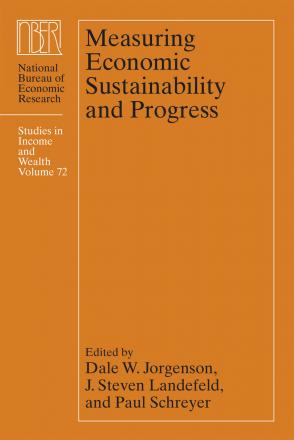Measuring the Stock of Human Capital for International and Intertemporal Comparisons

This paper summarizes the outcomes of the OECD human capital project. In so doing, it discusses the feasibility of applying the lifetime income approach to measuring human capital for comparative analysis, both across countries and over time. It also examines the feasibility of applying the methodology to the categorical data (i.e. by 5-year or 10-year age group) that are available within the OECD statistics system, rather than to data by single year of age required by the original Jorgenson-Fraumeni methodology. The results in this paper indicate that the estimated value of human capital is substantially larger than that of conventional produced capital. Ratios of human capital to GDP are in a range from around eight to over ten across countries, in line with those reported in a number of national studies. The distributions of human capital by age, gender, and education reveal a few important conclusions. While higher educational attainment contributed positively to the change of human capital per capita, this is not always sufficient to offset the negative effect of population ageing; as a result, the volume of human capital per capita appeared to have declined in some countries over the observed period.


